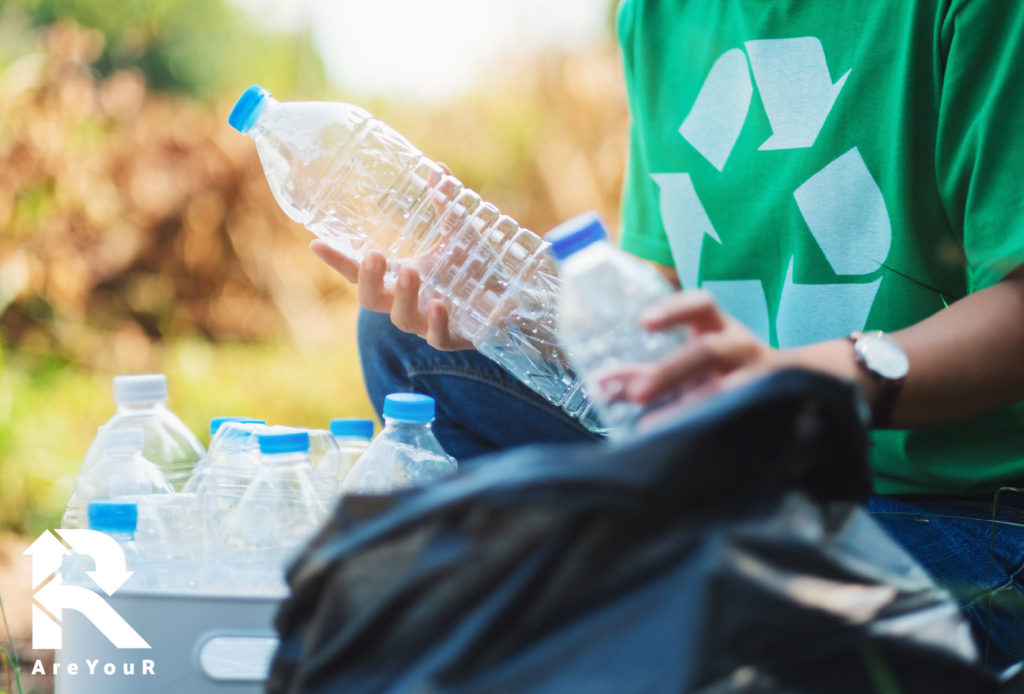In 2025, a new European directive that aims to transform plastic bottles from simple waste materials into valuable resources will come into effect. This initiative is part of a broader effort to fight waste pollution and promote a circular economy. But what does this directive entail, and what does it mean for consumers, businesses, and the environment?
An ambitious goal: to ensure that at least 25% of plastic is recycled!
The recent EU directive establishes that from January 1, 2025, all newly produced plastic bottles must incorporate a minimum of 25% recycled plastic. This percentage will increase to 30% by 2030. Additionally, member states of the EU must ensure the separate collection of 77% of the plastic placed on the market by 2025, with this figure rising to 90% by 2029.
This goal is ambitious yet crucial, as it is part of a broader strategy aimed at reducing the environmental impact of plastic waste and improving recovery efficiency.
Plastic bottles are among the most widely used forms of packaging globally, yet they are also a significant contributor to pollution due to improper disposal. The new regulation not only aims to minimize waste but also encourages technological innovation within the recycling industry.
How will bottles change?
The introduction of the new directive will bring about meaningful transformations in the bottles we use on a daily basis, as packaging will need to be designed with a focus on promoting recycling and sustainability, adhering to strict quality standards.
- Recycled plastic: A minimum of 25% of the materials used must be derived from recovered waste.
- Smart design: Emphasis will be placed on packaging and designs that facilitate the recycling process.
- Sustainable caps: Caps and lids will be designed to remain attached to bottles – the “tethered caps” we already know – to minimize additional waste generation.
What does this mean for consumers?
First and foremost, the directive marks a significant advancement for all of us. As consumers, we will have access to greener packaging, but we will also need to put in more effort and care when it comes to recycling. After all, a lot depends on our actions!
Here are some concrete steps we can take:
- Separate waste properly: Always keep plastic bottles separate from non-recyclable waste.
- Choose more sustainable packaging and products: Support brands that use recycled plastic.
- Reduce single-use plastic consumption: Whenever possible, opt for reusable and recyclable alternatives
Challenges for Companies
For companies, complying with the European directive presents both challenges and opportunities. They will need to invest in advanced technologies to ensure that a proper amount of recycled material is used in their packaging, while also maintaining high standards of quality and safety.
This transformation represents a significant shift that can offer a competitive advantage. Consumers are increasingly inclined to favour brands that demonstrate a genuine and tangible commitment to sustainability. This year will mark a turning point for plastic recycling in the European Union. Each bottle presents an opportunity to contribute positively to environmental sustainability. Achieving our ambitious recycling targets will depend on successful cooperation among consumers, businesses, and public institutions. We are committed to doing our part! How about you? 💚

